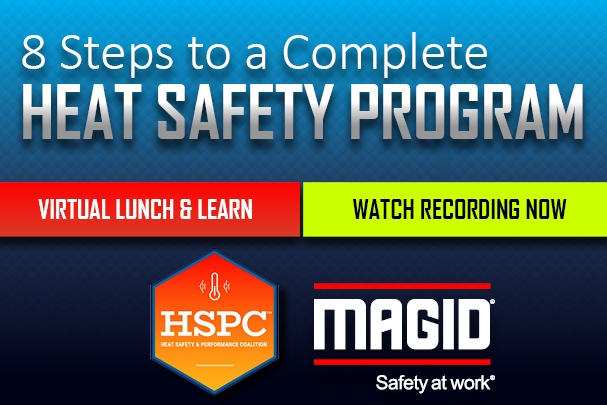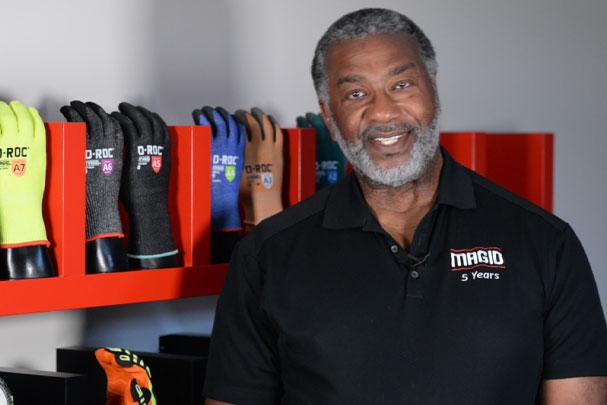
When Do You Need Protective Arm Sleeves?
Would you believe there were over 37,000 arm injuries reported in 2020 according to the Bureau of Labor Statistics? It’s true! If you’re providing gloves to protect your workers’ hands from hazards like cuts, lacerations, abrasions, punctures, heat transfer, burns, or chemical exposure, it’s likely that those same hazards pose a risk of injuring your workers’ arms. Whether you’re a first time buyer or a sleeve enthusiast, recent advances in technology have made sleeves better and more comfortable than ever – so it’s a good time to reevaluate your arm protection.
Take a look at the tasks your workers are doing.


Handling large, heavy materials
Workers don’t just handle heavy materials with their hands. They often cradle items against their chest. Large materials can cause friction, scrapes or pinching on the arms. For these situations, give your workers a sleeve that has abrasion resistance in addition to strong cut protection.
![]()
Using tools near high cut hazards
Workers are at increased risk for cuts and abrasions when using sharp blades or handling materials with rough edges. Different models of cut-resistant sleeves can give your workers the specific level of cut protection they need from their wrist to the top of their arm. New sleeves are made from innovative and strong materials so your workers can have ANSI Level A9 cut protection in addition to lightweight comfort and dexterity.

Manually transporting materials
Many safety managers only consider sleeves when workers are handling dangerous items like sharp edged metal, but it’s not always the product that justifies the need for a protective sleeve. It could be the environment or even the transition of the product from person to person. For example, if someone is handing a pipe up or down to another worker, the weight and size can cause bruising or irritation. An extra layer of protection could prevent that. Sleeves with impact-absorbing pads can deflect and absorb blows from moving or falling objects. Carrying materials on uneven terrain can also cause injuries as workers shift items they’re carrying in their arms.

Reaching into bins
Rough Edges | Sharp, uneven bin edges can cause hazards for workers reaching in with protected hands, but exposed arms.
Uneven Contents | When a worker pulls an item from inside a bin, it can cause the remaining items to lie awkwardly like a game of Pick-Up-Sticks. So the next worker may be injured by items unexpectedly sticking out. For these hazards, sleeves with puncture resistance can give workers protection beyond their hands and protect against other hazards, as well.

Reaching over or under things
You know what your workers handle on the job, but have you considered all the movements they do? If workers have to reach over or under sharp, rough areas, it’s important to protect more than just their hands.

Exposure to chemicals
Remember that sleeves aren’t just for protecting against cuts. If you use solvents or oils to clean parts, your workers may need sleeves to protect against chemical splash or residual exposure.
Note: Before bringing chemicals on site, Check OSHA’s Safety Data Sheet to identify the best PPE for chemical hazards.

When aren’t protective sleeves a good idea?
Keep in mind that sleeves are not appropriate for every job. Many regulations prohibit gloves, sleeves, or loose-fitting clothing when operating power rotating equipment. Depending on the job, the possibility of fabric getting caught in power tools may be too costly to take the risk. You should always consult both OSHA and company rules and guidelines before adding or subtracting any PPE on a job.
Evaluate where you need protective gloves and consider whether it makes sense to add sleeves. New sleeve materials and technologies not only reduce the risk of injury, but increase overall fit and comfort making it easier than ever to protect your workers beyond the wrist!
Check Out the latest and greatest PPE innovations from Magid!
SEE THEM HERE!







